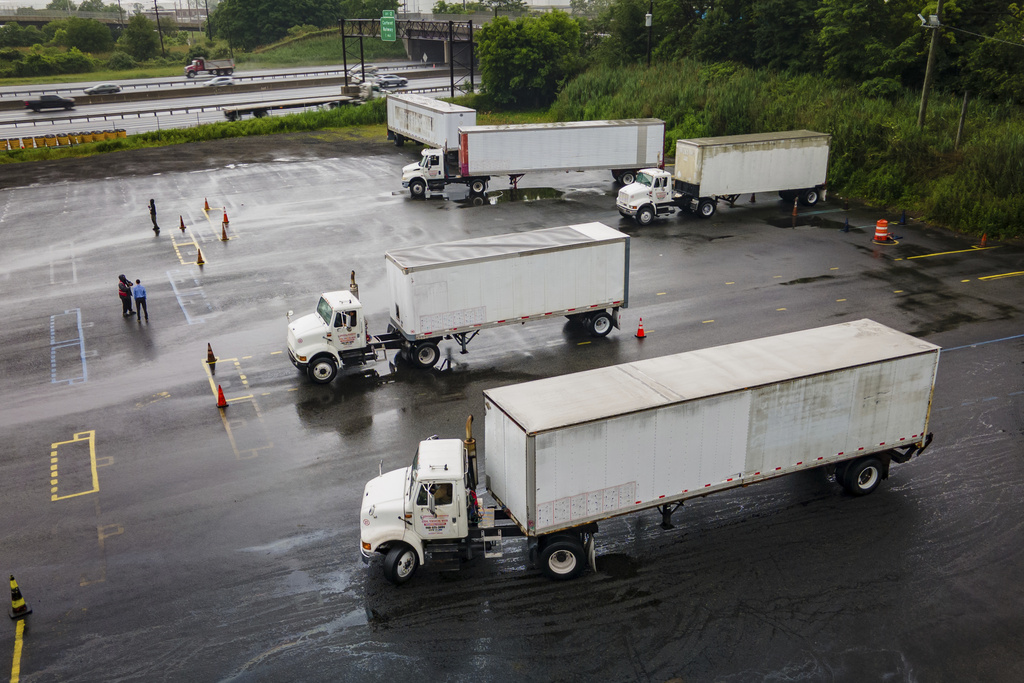Two numbers tell the story of pensions: 28 percent and 2 percent.
In 1979, 28 percent of private-sector workers were in a pension plan and no other retirement fund. You clocked in, clocked out and cashed the check once you hit the golden retirement number. Today, that number is about 2 percent.
Let's take a second for a definition. When most people use the term pension, they're talking about what's called a "defined benefit plan." That's the kind of retirement plan your grandparents or parents probably had.
The company manages the portfolio and guarantees the employee a lifetime retirement check based on length of service and salary history. It could be a few thousand dollars a month or it could be several thousand, depending on the company.
Related Story | Democrats Look To Create Agency To Fulfill Pensions
It is — or was — a good deal and one reason people used to stay with the same job for a lifetime. What happened?
The 401(k) happened in 1978. The technical term is "defined contribution plan." That just means that the amount contributed by the employee and the employer is fixed, but the ultimate payout down the road is not. It depends on the market.
In 1979, 7 percent of private sector employees had some kind of "defined contribution" plan, including a 401(k). Today, it's about 34 percent. A small percentage of employees — 11 percent — have a pension and a 401(k).
The Investment Company Institute shows the rise of these plans. In 2017, 401(k)'s hit $5.3 trillion in value, up from $3 trillion just a decade before.
Another factor undermining traditional pensions is Congress. It passed laws allowing companies to use leftover pension funds to pay for other employee benefits, so when the crash of 2008 hit, the cushion wasn't there.
Some companies froze plans for existing employees. Others cut them off for new hires. The number of pension plans (run by companies) has been steadily declining for years due to forces seen and unseen. In 1983, there were 175,143. In 2008, there were only 46,926 plans.
So most of us aren't getting that reliable check from the school district or steel factory for life. It's up to us and whatever extra money we can put aside — and hope that 401(k)'s work their magic.










